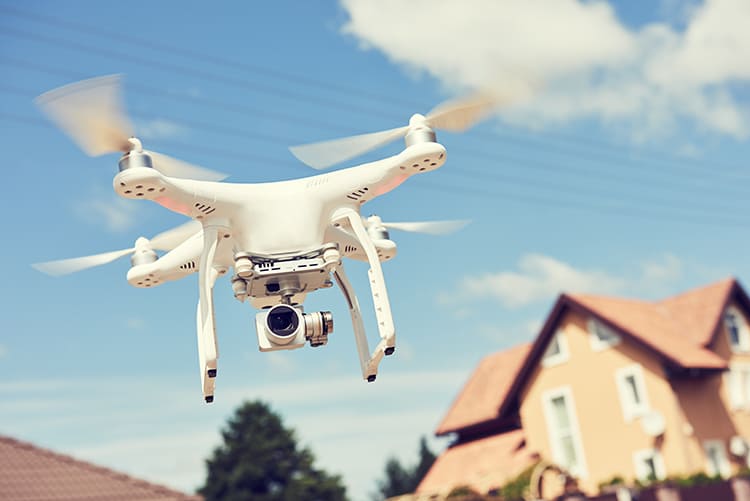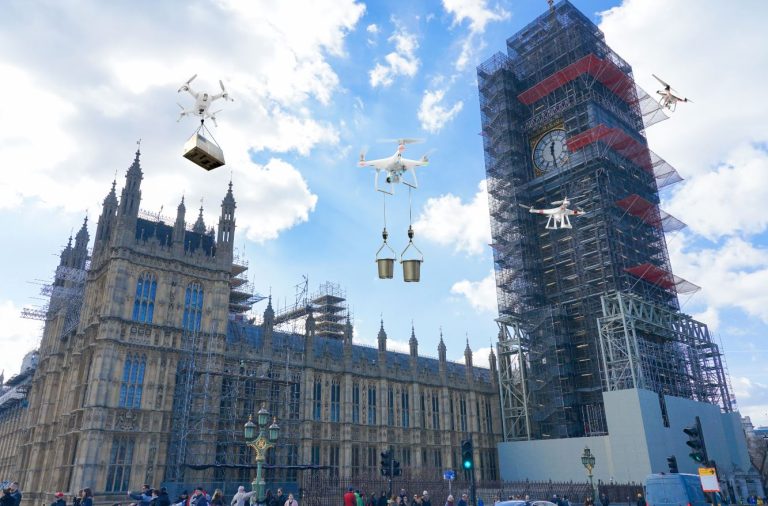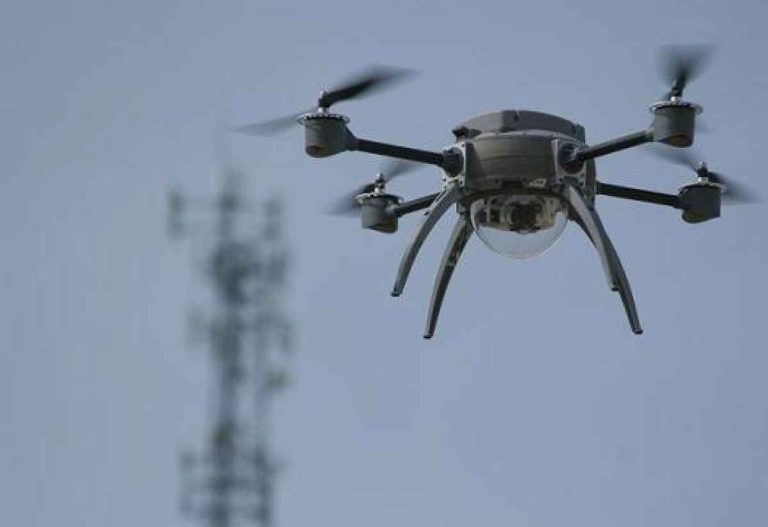A report looking at the role that technology will play in the construction industry in the future, has revealed that 3D printed walls, drones and a roof made from recycled plastic bottles from the Ocean will all be possible by 2025, thanks to advancements in technology. The report, written by renowned future gazer, Dr. Ian Pearson BSc DSc(hc) and commissioned by Colmore Tang Construction and Virgin StartUp, also revealed that floating buildings or apartments will be possible by 2050 thanks to carbon foam, which is lighter than air. Renowned futurologist Dr. Ian Pearson has given an insight into how the future of the UK construction industry could look Drones that carry materials up building sites; 3D printed walls; and a roof made from recycled plastic bottles from the ocean will all be mainstream by 2025 Future-gazer Dr. Pearson was commissioned by Colmore Tang Construction, who has partnered with Virgin StartUp to deliver a £10m innovation fund ‘ConstrucTech’ which is open to entrepreneurial companies By 2025, drones will be able to carry large materials up construction sites and even more remarkably, plastic bottles recovered from the world’s oceans will be recycled to create a roof. Over the next decade, artificial intelligence (AI) will be commonplace, linking to sensors and cameras around construction sites, ensuring that buildings are being developed according to the architect’s plans. Humans will work alongside AIs and will not only see these robots as clever tools, but also colleagues and even friends as they start to develop unique relationships. Looking more than 50 years into the future, by 2075 Dr. Pearson suggests that self-assembling buildings under AI control will allow a new form of structure – kinetic architecture – where a structure is literally thrown into the sky and assembled while gravity forms the materials into beautiful designs. However, it is 3D printing that will steal most of the construction headlines in the immediate future, according to the future-gazer. Cheap homes, built quickly using 3D printing, will essentially put an end to the housing crisis. The report was launched by Colmore Tang Construction, who has partnered with Virgin StartUp to deliver a £10m innovation fund that is open to entrepreneurial companies in a construction industry-first technology accelerator programme called ‘ConstrucTech’. The fund will be provided to those companies that can successfully show how their innovation and technology could improve the sector’s productivity, sustainability and skills issues. Futurologist, Dr Ian Pearson BSc DSc(hc), said: “By 2025 we will already see huge changes in the construction industry thanks to technology with drones, AI and 3D printing all becoming commonplace. By 2050, we could see floating buildings or apartments that could save the housing crisis using carbon foam that’s lighter than air – the possibilities for this really are endless.” Andy Robinson – Group CEO, Colmore Tang, said: “The forward-thinking report has shown that technology can have a positive impact on the construction industry, however, we need to discover those exciting and innovative start-ups, whose products and services could deliver the technologies and innovations that will be the key to future success. “We are hopeful that our partnership with Virgin StartUp to create the ConstrucTech programme and £10m innovation fund will be the start of a new dawn within the industry, where the future innovations predicted become a reality.” Virgin StartUp is a leading business support organisation which has run a number of successful accelerators and supported 11,000 entrepreneurs across the UK. Construction in the UK has been slow to embrace innovation and adopt new technology and Colmore Tang has identified a number of key areas within its business, and the industry as a whole, which it believes could benefit from the contribution of enterprising start-ups. Colmore Tang and Virgin StartUp are calling for businesses to apply to the ConstrucTech programme to address the following problems: – People: improving analysis of performance, sharing best practice across building projects, measurement of quality and also implementation of health and safety. – Data: using data to pre-empt potential delays, more efficient material ordering, more effective use of labour along with use of performance data to improve cost, timescales and estimates of new projects for future clients. – Smart Materials: design and implementation of materials to improve sustainability; improve safety and finding materials which are digitally connected. Colmore Tang is providing start-ups with the opportunity to use the programme as a test bed and development platform to bring products and ideas to the construction sector. It’s hoped the £10m innovation behind ConstrucTech will be the spark to improve lacklustre productivity levels and also begin addressing the need to re-skill over half a million construction workers to suit the industry’s future Mace Report – Moving Construction 4.0. Interested start-ups can apply to be part of ConstrucTech here: http://virginstartup.org/constructech







